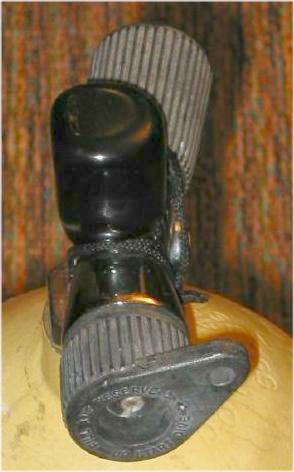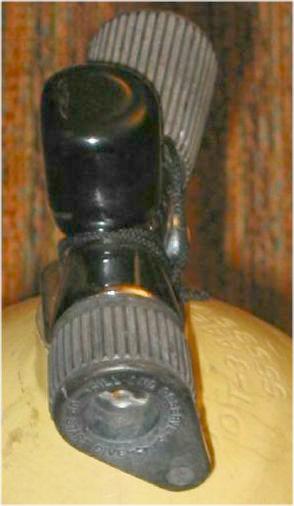 |
 |
|
Up |
Down |
by
Larry "Harris" Taylor, Ph.D.
This material is copyrighted and all rights retained by the author.
This article is made available as a service to the diving community
by the author and may be distributed for any non-commercial or Not-For-Profit
use.
All
rights reserved.
Go To: Home About "Harris" Articles War Stories Editorials Links Fini
One of the responsibilities of an academic Diving Safety Coordinator is diving with new-to-the-University divers as part of their University authorization process. Incoming divers have a variety of experience ranging from absolutely new-to-diving to those with thousands of dives. Over the last three decades, I have found the change in diving equipment and technology to be fascinating, while the ever decreasing level of knowledge and skill of newly trained recreational divers to be most saddening. This event reminded me of both sentiments:
The diver to be evaluated was a newly certified recreational diver who was using rental diving gear. As he assembled the equipment prior to diving, he looked at me and asked, "What's the knob on my tank?"
I was surprised to find out that he had no clue about the "J -value" on his rental air cylinder..
I explained to him that in the dark ages before submersible pressure gauges (when I was trained), many tanks were equipped with a "J-valve" (historically, Item-J in a vintage dive gear catalog). In the Up position (below, left), a spring mechanism within the valve would shut off the air supply at approximately 300 psig. When this occurred, the diver would reach back, grab a long lever rod that was attached to the J-Valve and pull it down. This would open the shut-off mechanism and the remaining air in the tank would then be available. When diving without a submersible pressure gauge, this technique furnished the diver with a "reserve" supply of air. The advent of submersible pressure gauges made the J-valve obsolete. However, since cylinders and valves can last for decades, it is still possible to run across this mechanical assembly.
In the Up position, the shut off mechanism would shut the air off at 300 psig instead of zero, thus depriving the diver of about 15% of his rental cylinder's air supply. However, dropping the valve to the Down position prior to dive allows all the air to be available to the diver. So, when diving with a cylinder equipped with a J-valve with a SPG, drop the lever prior to entering the water.
The J-Value
 |
 |
|
Up |
Down |
In the case, the diver recognized something was different, asked about the unknown, and, as a result, entered the water with his full air supply.
I strongly believe that the greatest danger in our sport is not sharks, killer whales, water pollution, being left behind in open ocean, being shot by a spear gun, or even being hit by a falling meteorite. The greatest danger in diving, as in life, comes from something unknown or unrecognized 'cause it is what we do not know that will hurt us.
In recognizing an unknown piece of technology and asking a few questions, this young diver eliminated a potential in-water problem (premature end of air supply) prior to entering the water.
The points are:
1. No one can know everything, about dive equipment, diving, or anything else for that matter.
2. Any new-to-you dive gear will have some unknown features.
3. When in doubt, ask (or read the manual, if available);
4.The ability to ask about the unknown is a strong positive character trait and a hallmark of a good diver.
and finally,
5. Problems are best resolved on the surface before they have an opportunity to become catastrophic..
Go To: Home About "Harris" Articles War Stories Editorials Links Fini
About
The Author:
Larry
"Harris" Taylor, Ph.D. is a biochemist and Diving Safety Coordinator
at the University of Michigan. He has authored more than 200 scuba related
articles. His personal dive library (See Alert Diver, Mar/Apr, 1997, p. 54) is
considered one of the best recreational sources of information In North America.
All rights reserved.
Use of these articles for personal or organizational profit is specifically denied.
These articles may be used for not-for-profit diving education